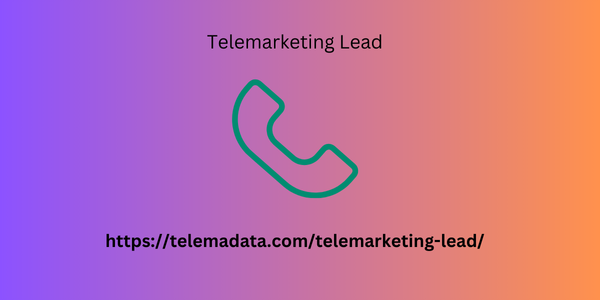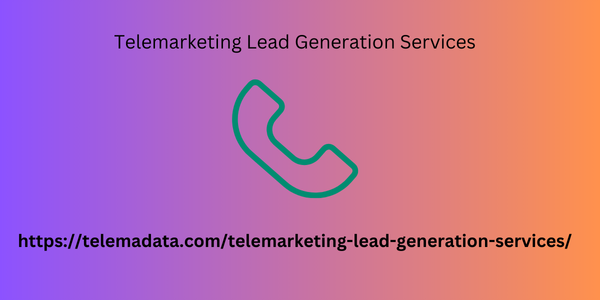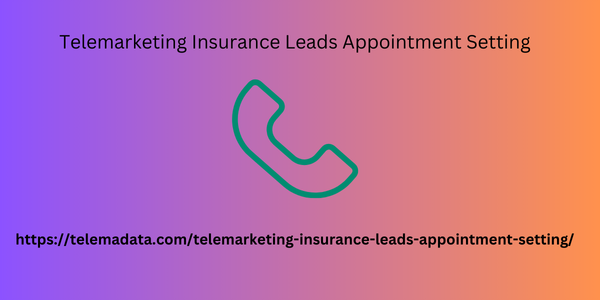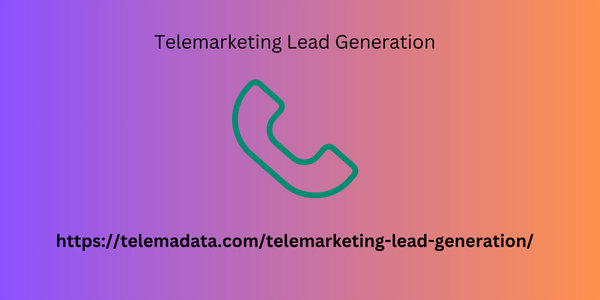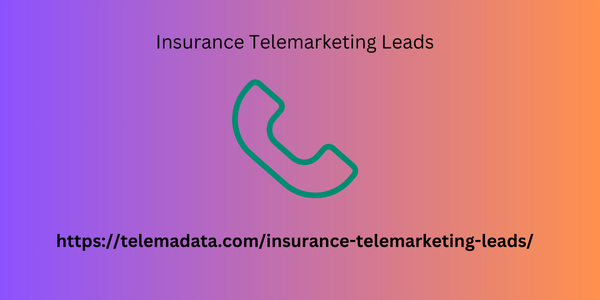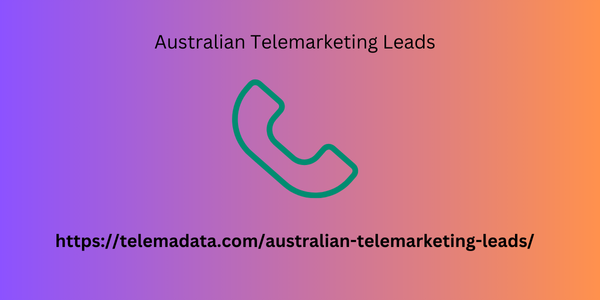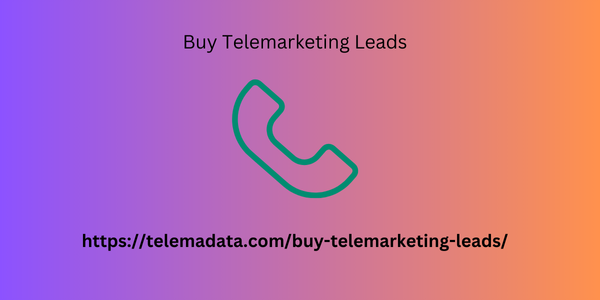Phone Cases: Fashionable Protection, But Are They Lead-Free?
Cell phone cases are ubiquitous accessories, protecting our valuable devices from scratches, drops, and everyday wear. However, a lingering concern exists: do some phone cases contain lead? The answer, unfortunately, isn’t a simple yes or no. Let’s delve into the materials commonly used in phone cases, the potential risks of lead exposure, and how to choose a safe and stylish case.
A Look at Phone Case Materials:
The wide variety of phone cases available reflects the diverse materials used in their construction:
Plastic: This is the most common material, with options ranging from soft and flexible TPU (Thermoplastic Polyurethane) to harder polycarbonate. Lead can potentially be present in some plastic formulations, particularly as a stabilizer.
Silicone: A popular choice for its grippy texture and shock absorption, silicone can also contain lead depending on the manufacturing process and regulations.
Metal: Aluminum and stainless
Steel are used for a sleek, premium look. Lead is not a typical component of these metals, but trace amounts might be present due to impurities in the manufacturing process.
Leather: Genuine leather generally doesn’t contain lead. However, some imitation leather materials might use lead-based dyes or finishes.
Natural materials: Wood, bamboo, and other eco-friendly options are gaining popularity. Lead is unlikely to be present in these materials.
The Potential Risks of Lead Exposure:
Lead is a toxic heavy metal that can accumulate in the body over time. Exposure, particularly for young children and pregnant women, can lead to a range of health problems including:
Developmental delays:
Lead exposure can hinder brain development in children, impacting learning, memory, and behavior.
Anemia: Lead can interfere with red blood cell production, leading to fatigue and weakness.
Kidney damage: Lead can damage Telemarketing Lead Management the kidneys, impacting their ability to filter waste products from the blood.
High blood pressure: Lead exposure can increase the risk of developing high blood pressure later in life.
How to Choose a Safe Phone Case:
While the risk of lead exposure from phone cases is generally considered low, here are some tips for choosing a safe and responsible option:
Look for Certification Labels: Some phone cases carry certifications like “CPSIA-compliant” (Consumer Product Safety Improvement Act) or “EU RoHS” (Restriction of Hazardous Substances Directive), indicating they meet regulations for lead content.
Choose Reputable Brands: Opt for well-known and established brands that prioritize responsible manufacturing practices and quality control.
Avoid Unusually Cheap Cases: Extremely
Low-priced phone cases might be made with lower-quality materials and potentially higher lead content.
Natural Materials: Consider cases made from wood, bamboo, or other eco-friendly options that are less likely to contain lead.
Check Online Reviews: Look for reviews that mention the material composition of the phone case, especially if lead is a concern.
Additional Tips:
Wash your hands regularly: This is especially b2b lead generation on linkedin important after using your phone, particularly for young children who might put their hands in their mouths.
Don’t chew on your phone case:
This is a habit to discourage, especially for children.
Replace your phone case regularly: Over time, wear and tear can expose underlying materials or coatings that might contain lead.
Conclusion:
While the risk of lead exposure from phone cases is generally low, it’s important to be aware of the potential dangers and make informed choices. By following the tips above, you can choose a phone case that protects both your device and your health. Remember, a little research and responsible shopping can go a long way in ensuring you get the best of both worlds: a stylish and safe phone case.


